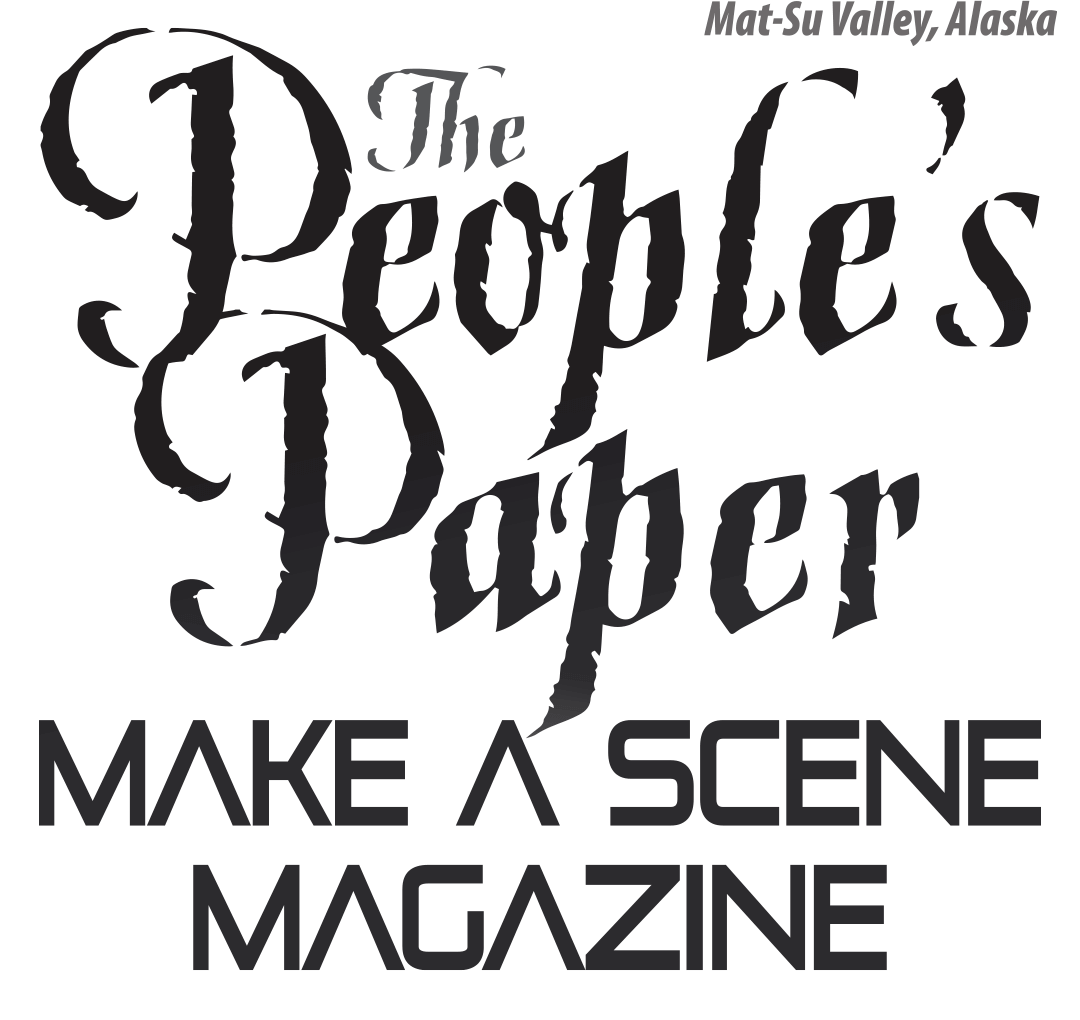Contributed by Nan Potts
Have you ever sculpted? Yes, Play-Doh counts. Then you know how much fun it can be. Whether the piece is realistic or abstract, there is something about feeling any sculpting material in your hands. I have toyed with the art of sculpting off and on for many years, but had not experienced a formal class in the art until this past Machetanz Arts & Film Festival.
The festival was hosted by the UAA/Mat-Su College, May 31- June 5, with a wide variety of arts, artisans and activities. Artists enlightened attendees in workshops of their expertise in a myriad of genres: Drawing, painting, mixed media, photography, prose and poetry, printmaking and 3-D printing, aluminum sand casting, fused glass, Raku firing, mosaics and sculpting.
Dr. Felicia Desimini, Assistant Professor of Studio Art and Art History, wore the many hats that are donned by the MAFF Director. "Most of it was on my shoulders. It defies description," she imparted. Dr. Desimini, the College staff and Advisory Council worked over the course of a year communicating, coordinating, grant writing, marketing, budgeting, procuring and setting up for the weekend's events to make it a very successful venture. One of her procurements was the featured artist, Simon Kogan, in which his workshop I had the honor of participating.
"He [Simon] is brilliant and I enjoyed working with him," bubbled Desimini, having contacted him while he was touring Japan. "He received stellar training. I was extremely lucky to get him."
Mr. Kogan, born in Russia and studied under one of the country's renowned sculptors, Isaac Brodsky, kicked off the festival with a four-day workshop, "Sculpting the Truth with Simon Kogan". His unique style and flare for the "truth" took the class on an adventure of "Uncovering the human form" and the hidden emotions that lurk within the subtle poses of the model.
"Art is a lie," stated Kogan, referring to art being an illusion and how we as artists see it. "Sculpt what you see," he emphasized. "Do not sculpt what you know," were some of his subtle, yet powerful, gems of expertise. He elucidated with his examples of spatial relationships - what's pushed and pulled; what's up, what's down; what's forward and what's back.
An incredible artist with a quick wit and knowing hands, created exquisite human forms in five movements or less. The notes I took comprised of some of his many quotes. They said it all. One of my favorites, "Sculpting is fast, looking is slow."
Simon attracted artists and sculptors from Anchorage and the Valley. Professional sculptors, Jim Dault and Shala Dobson participated in the class, both enjoyed Simon and his method of teaching 'sculpture sketches' of a model. "He changed my life in the first eight minutes of class," claimed Jim. "I thought he helped us to see clearly in cubes and rectangular solids as he tipped them slightly to show the form of the model," Shala elaborated. Adding, "We closed our eyes to see."
"Simon's class opened my eyes to a new way of looking at sculptural; his depth of knowledge and experience was inspiring," remarked Pat Garley, this year's recipient of the Governor's Award for the Arts and Humanities, for individual artist. "His technique of working on the form and not going into the details, while still capturing the essence of the subject [model], was profound."
"You're not going to get what I teach you from text books. All the mechanics of sculpting can be found there," Kogan iterated throughout the class.
"Simon's class made a positive impact on me, a positive experience," commented artist, Rose Hendrickson. "The two things I took away from Simon's class was: 1. How to work with 'the clay' and 2. There are many different types of mediums. His unique approach of creatively pooling spirit and movement in the body - the entire sculpture as one unit. He gave us the ingredients and said, “Go for it!" Rose concluded, "I felt shared with instead of being given a recipe."
On our first day of class, with ten students, we produced over fifty "sculpture sketches". Finer, more detailed pieces were created in the following days, with not only a greater understanding of how to move the clay, but what it could capture. "Your goal is implied perception," said Kogan, conveying to us the importance of understanding the "lie" in art. All-in-all, for me, it was an opportunity I couldn't resist. I am extremely grateful to Ms. Desimini for bringing Simon to Alaska and hope he will return. We, the class, are also appreciative of Simon's gift to us; he touched our creative being.
Simon Kogan, born in Russia and studied under Isaac Brodsky, one of the country's renowned sculptors. He received his MFA in Moscow before moving to the United States as a young man. Kogan's work has been featured in exhibitions in the US, Russia, Spain and France with his private and public collections worldwide. Simon is a Fellow of the National Sculpting Society and currently resides with his family in Washington State.


